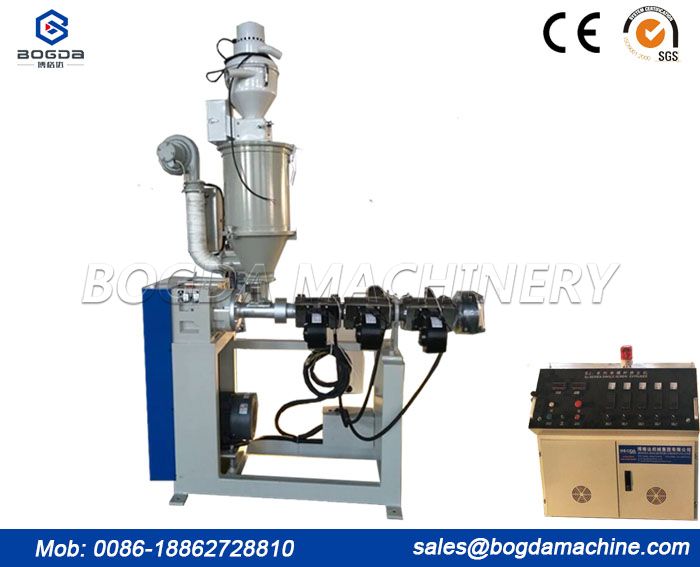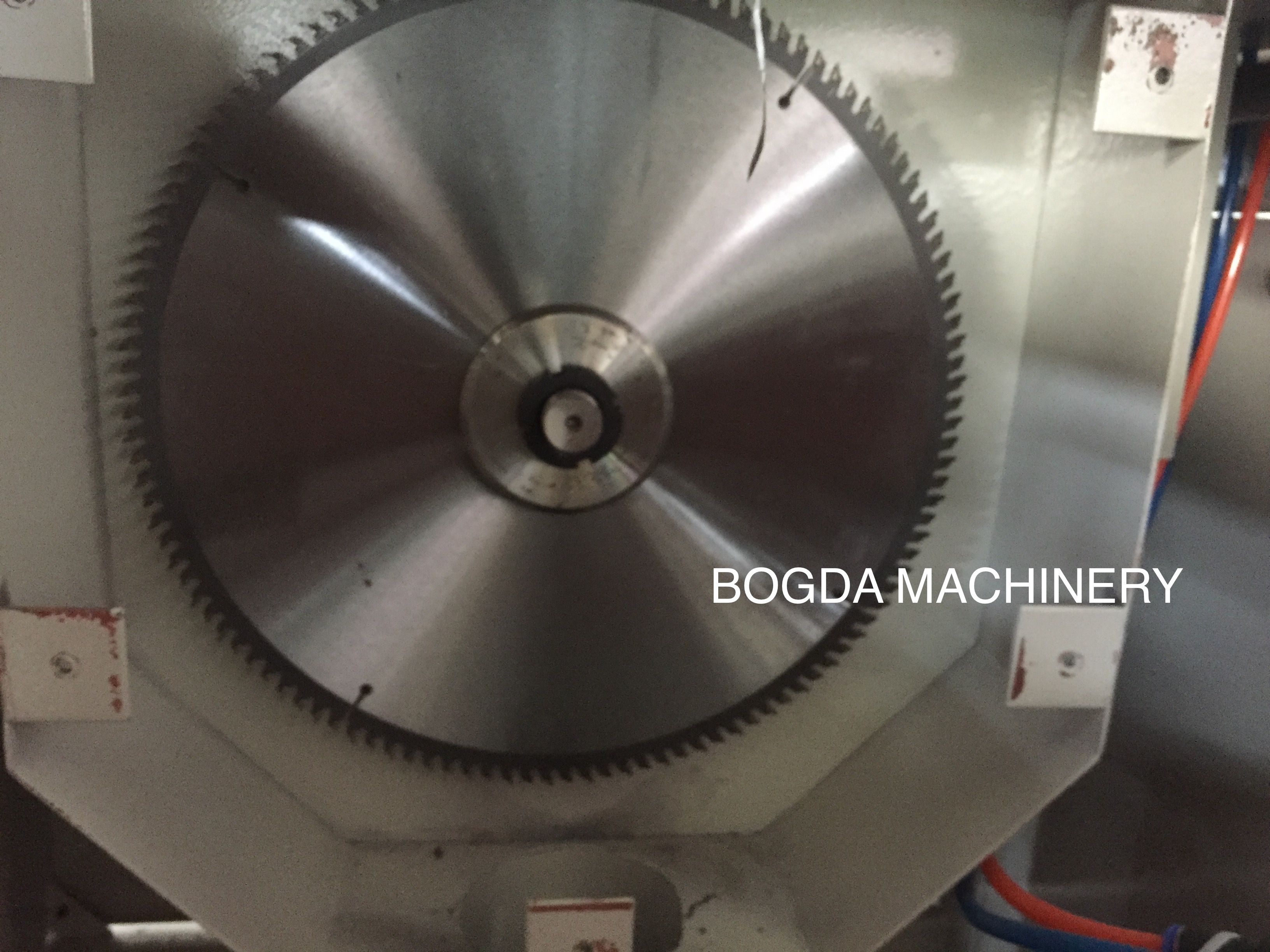
Along with injection molding, plastic extrusion is one of the most widely used plastic molding manufacturing processes, and the most widely used for thermoplastics. It is used to create objects with continuous profiles, such as pipes, tubes and door profiles.
Thermoplastic extrusion in its current form has been around for nearly a century, but it remains a powerful tool for high-volume production of continuous profile parts. Customers work with plastic extrusion companies to create custom plastic extrusions for parts, usually in high volume production, but sometimes (e.g., 3ERP) for low volume production.
This article covers the basics of plastic extrusion, including how the process works and the types of thermoplastics that can be extruded.

A hopper, where the plastic material is stored
A feed throat, where the plastic enters the barrel from the hopper
A heated barrel, which contains the feedpipe that screws the material through a drive screw-driven motor to make force
A crushing plate, where the material is loaded with sieves to filter and maintain pressure
A feedpipe, where the molten material now leaves the barrel and is delivered to the mold
A die, which shapes the material into the desired extrusion profile
A separate cooling system that helps the extrudate to solidify evenly
The plastic extrusion process begins with filling the hopper with solid raw material, such as pellets or flakes. The material is gravity fed through the feed throat and enters the barrel of the extruder.
Once the material is in the barrel, it begins to heat up through three or more heating zones. (The heating zones may be cooler near the feed throat and hotter near the die to allow for gradual melting.) As it is heated, the material is simultaneously pushed toward the die end of the barrel by a reciprocating screw, which is powered by a motor. The screw and pressure also generate heat, so the heated zone itself does not have to be as hot as the desired extrusion temperature.
The molten plastic leaves the barrel through a screen reinforced by a crushing plate. This screen removes contaminants from the material and maintains uniform pressure in the barrel. The material passes through the feed tube into a custom die that is machined with an opening shaped like the desired extrusion profile to create a custom plastic extrusion.
As it is forced through the die, the material assumes the shape of the die opening, completing the extrusion process. Once fully through the die, the extruded profile is cooled in a water bath or through a set of cooling rollers to allow it to cure.

Plastic extrusion is applied to many different thermoplastics. These are heated to a temperature high enough to melt the material but not high enough to cause thermal decomposition. This temperature varies from one extruded plastic to another.
Extruded plastics are usually fed into the extruder in the form of plastic pellets, similar to those used for injection molding. Other forms include powders, flakes and pellets.
Common extruded plastics include:
Polyethylene (PE): extruded between 400°C (low density) and 600°C (high density)
Polystyrene: ~450°C
Nylon: 450°C to 520°C
Polypropylene: ~450°C
PVC: between 350°C and 380°C
In some cases, the desired extruded plastic can be an elastomer or thermoset, rather than a thermoplastic.
Please follow BOGDA to get more about plastic maschines and products!!!
 Previous: plastic sheet extrusion line
Previous: plastic sheet extrusion line
Copyright © Bogda Machinery Group All Rights Reserved | Sitemap
